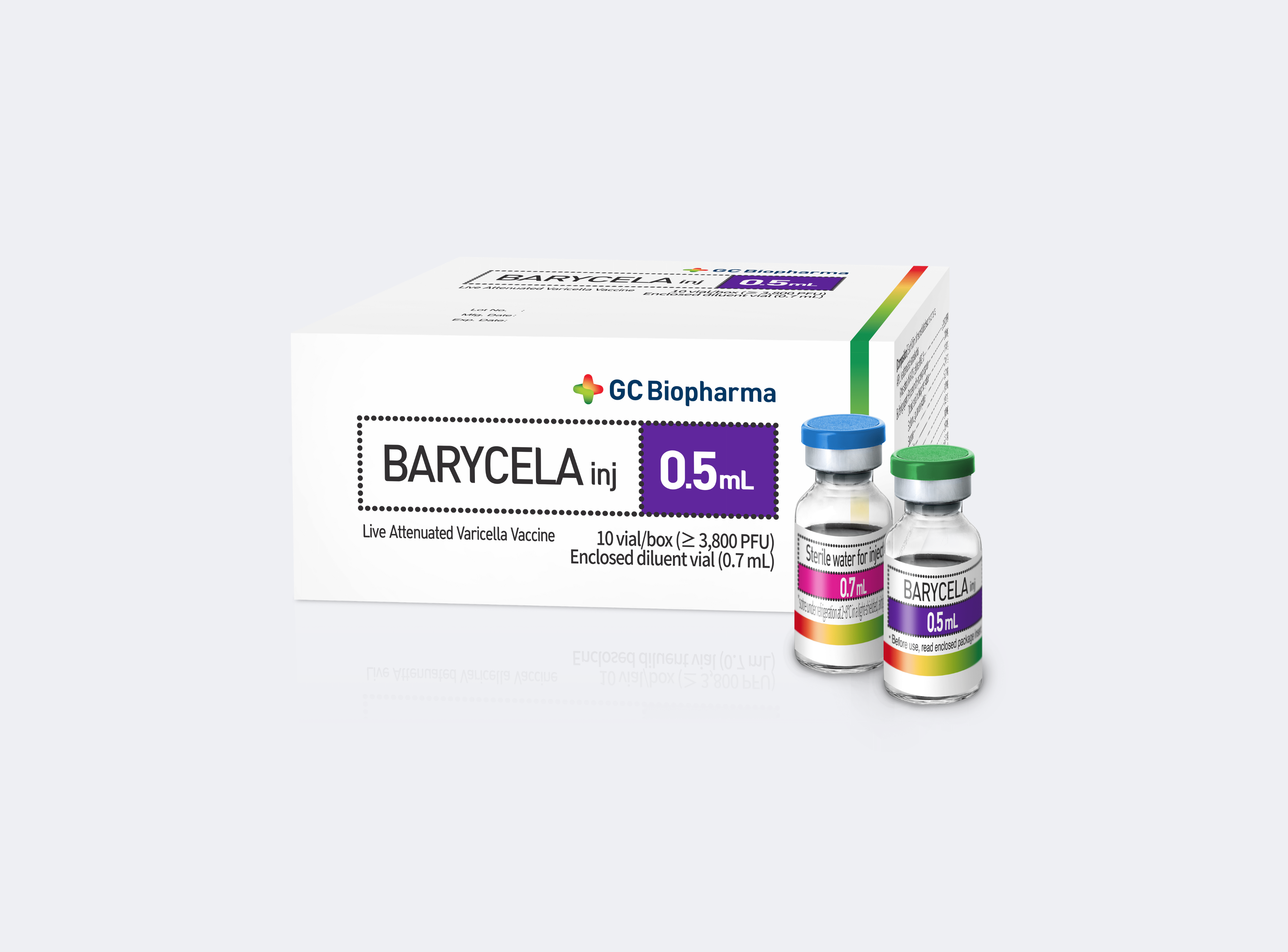For the qualitative detection of Cardiac Troponin I/ CK-MB / Myoglobin in human whole blood, plasma or serum as an aid in the diagnosis of acute myocardial infarction in emergency room, critical care, point-of-care and hospital settings. The Asan Easy Test® Cardiac Combo Test provides a qualitative analytical test result. The qualitative nature of this assay does not provide information about change – either the rise or fall – in the concentration of myoglobin, CK-MB, and cardiac troponin I with single testing. A quantitative method should be used, if desired, to quantitate the concentration of myoglobin, CK-MB, and cardiac troponin I at any given time. Clinical consideration and professional judgment should be applied when interpreting the results of the Asan Easy Test® Cardiac Combo, especially when a single test result is used.
EXPLANATION OF THE TEST
The Asan Easy Test® Cardiac Combo employs a solid-phase chromatographic
immunoassay technology to qualitatively detect the elevation of myoglobin,
CK-MB, and cardiac troponin I in human blood samples. When a sample of
blood is dropped into the sample well, red blood cells are removed by the
separation filter and the plasma migrates into the test membrane. Myoglobin,
CK-MB, and Cardiac Troponin I present in the sample bind to specific antibodygold conjugate and migrate through the Test area containing immobilized
anti-myoglobin, anti-CK-MB, anti-troponin I. The cardiac marker-antibody-gold
complexes bind to the corresponding immobilized antibodies. unbound dye
complexes migrate out of the Test area and are later captured in the Control
area.
MATERIALS PROVIDED
Asan Easy Test® Cardiac Combo contains following item to perform the assay.
1. Test device in aluminum pouch with a desiccant.
2. Disposable dropper.
3. Instruction manual for use
PRECAUTIONS
1. For in vitro diagnostic use only.
2. The test kit should remain in the sealed pouch until ready for use.
3. The test kit is sensitive to humidity and to heat.
4. Do not smoke, eat or drink in areas where specimens or kit component are
handled.
5. All specimens and reagents should be considered potentially hazardous and
handled in the same manner as an infection agent.
6. Wear protective gloves while handling samples and wash hands thoroughly
after the assay is complete.
7. Avoid any contact with the eyes, broken skin or mucous membranes.
8. The test device and all materials should be discarded in a proper biohazard
container after testing.
SPECIMEN COLLECTION AND PREPARATION
1.Specimen Collection and Storage
[Whole blood] Collect the whole blood into the collection
tube (containing anticoagulants such as heparin, EDTA, and sodium citrate) by
venipuncture. If blood specimens are not immediately tested, they should be
refrigerated at 2~8℃ and should be used within 3days or at -20℃ for longer
period.
[Serum] Collect the whole blood into the collection tube (NOT containing
anticoagulants such as heparin, EDTA and sodium citrate) by venipuncture,
leave to settle for 30 minutes for blood coagulation and then centrifuge blood
to get serum specimen or supernatant.
[Plasma] Collect the whole blood into the collection tube (containing
anticoagulants such as heparin, EDTA and sodium citrate) by venipuncture and
then centrifuge blood to get plasma specimen.
If serum or plasma specimens are not tested immediately, they should
be refrigerated at 2~8℃ or -20℃ for longer period.
2.Precaution
1) Serum or plasma specimens containing a precipitate may yield inconsistent
test results. Such specimens must be clarified prior to assaying.
2)Anticoagulants such as heparin, EDTA, and citrate do not affect the test result.
3) Use separately disposable capillay pipettes or pipette tips for each sample
in order to avoid cross-contamination of either samples which could cause
erroneous result.
TEST PROCEDURE
1. All materials should be equilibrated to room temperature before performing
the test.
2. Remove the tset device from its protective pouch.
3. Add 3 drops (about 120㎕) of specimens into the sample well(S) of the test
device.
4. Interpret test results at 10 minutes. Do not interpret after 20 minutes.
INTERPRETATION OF THE TEST
1. A color band will appear in the upper section(“C” zone) of the window to show
that the test is working properly. This band is the control band.
2. The down section(“T” zone) of the window indicates the test results, test band.
If another color band appears in the down section of the window, this band is
the test band.
A. NEGATIVE RESULTS:
The presence of only one purple color band(“C” band) within the result window
indicates a negative result.
B. POSITIVE RESULTS:
The presence of two, three or four color band (“T1”, “T2”, and/or “T3” band and
“C” band) within the result window regardless of which band appears first
indicates a positive result.
C. INVALID RESULTS:
If no band is visible within the window after performing the test, the result
is considered invalid. Some causes of invalid results are: not following the
directions correctly or the test may have deteriorated beyond the expiration
date. It is recommended that the specimen be re-tested using a new test kit.
STORAGE & EXPIRATION
1) Asan Easy Test® Cardiac Combo should be store at 1~30℃
(33.8~86 ℉ ).
2) Expiration date of this kit is 24 months after its manufacture date.
LIMITATIONS OF THE TEST
1) The result of the Asan Easy Test® Cardiac Combo test are to be used in
conjunction with other clinical information such as clinical signs and
electrocardiographic test results to diagnose cardiac ischemia. A positive
test result from a patient suspected of AMI may be used as an indicator of
myocardial damage and requires further confirmation. Sampling of patients
suspected of AMI at multiple time points is recommended due to the delay
between onset of symptoms and the release of cardiac protein markers into
the blood stream.
2) Samples containing unusually high titers of certain antibodies, such
as human anti-mouse or human anti-goat antibodies, may affect the
performance of the test.









